lapwing的翻译与解释是什么
发布于 2023-08-22 13:38:57 浏览 355 次
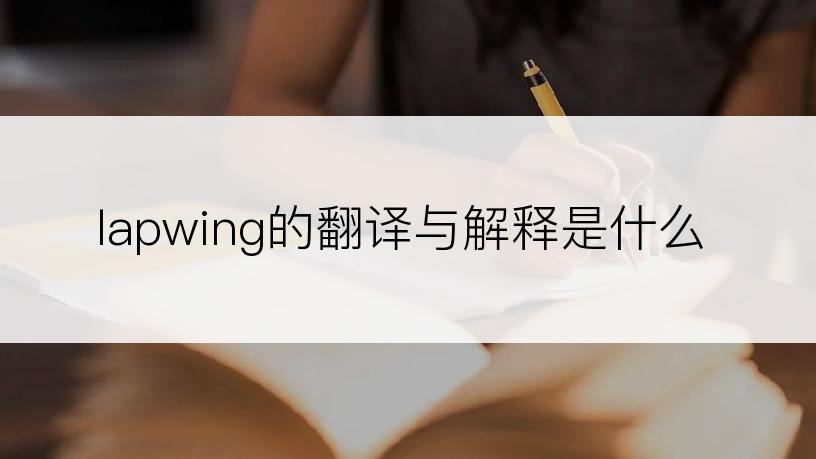
问题解析:
【】
1、 lapwing 2、 音标:英 ['læpwɪŋ] 美 3、 解释: 4、 n. 鸟头麦鸡;田凫 5、 中文词源: 6、 lapwing 凤头麦鸡来自古英语hleapewince,来自hleapan,跳,词源同leap,-wince,摇摆,转,词源同wince,winch.因这种鸡摇摆的跳动姿势而得名,拼写受wing影响俗化。 7、 英文词源: 8、 lapwing 9、 lapwing: [OE] The present-day form of the word lapwing is due to the notion that it describes the way the bird’s wings overlap in flight, but in fact although it did originally refer to the way the bird flies, it has no etymological connection with lap or wing. Its Old English form was hlēupwince, whose first element came from the ancestor of modern English leap, and whose second element went back to a base meaning ‘move from side to side’ that also produced English wink. So etymologically the lapwing is the ‘leapwink’, the bird that tumbles and jinks in flight – as indeed it does. Its alternative name peewit [13] describes its call. 10、 lapwing (n.) 11、 Middle English lappewinke (late 14c.), lapwyngis (early 15c.), folk etymology alteration of Old English hleapewince, probably literally "leaper-winker," from hleapan "to leap" + wince "totter, waver, move rapidly," related to wincian "to wink." Said to be so called from "the manner of its flight" [OED] "in reference to its irregular flapping manner of flight" [Barnhart], but the lapwing also flaps on the ground pretending to have a broken wing to lure egg-hunters away from its nest, which seems a more logical explanation. Its Greek name was polyplagktos "luring on deceitfully." 12、 更多相关例句:相关推荐
-
-
鸥字是什么意思以及拼音怎么读
发布于2024-01-15 00:54:13 627个赞 -

-
-
-
鸦字是什么意思以及拼音怎么读
发布于2024-01-15 00:53:39 729个赞 -

-
-
-
碉堡是什么意思
发布于2024-01-09 10:26:19 652个赞 -

-
-
-
膀浪是什么意思
发布于2024-01-09 10:23:29 694个赞 -

-
-
-
海疆是什么意思
发布于2024-01-09 10:21:11 648个赞 -

-
-
-
撩峭是什么意思
发布于2024-01-09 10:19:06 753个赞 -

-
-
-
陵撞是什么意思
发布于2024-01-09 10:16:43 832个赞 -

-
-
-
都然是什么意思
发布于2024-01-09 10:14:09 825个赞 -

-
-
-
都料是什么意思
发布于2024-01-09 10:12:07 629个赞 -

-
-
-
党旗是什么意思
发布于2024-01-09 10:09:18 532个赞 -

-
猜你可能喜欢
-
-
鸡蛋汤面的制作方法
发布于2024-11-05 11:30:55 852个赞 -

-
-
-
翡翠白玉生煎包的制作方法
发布于2024-11-05 11:30:12 804个赞 -
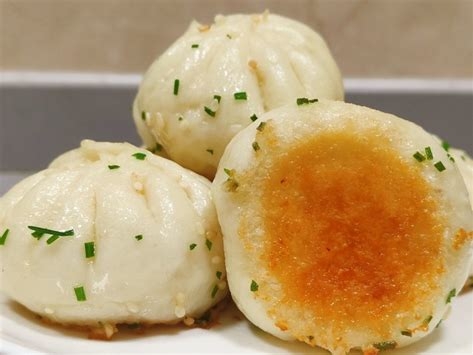
-
-
-
鱼香肉丝的制作方法
发布于2024-11-05 11:29:15 788个赞 -
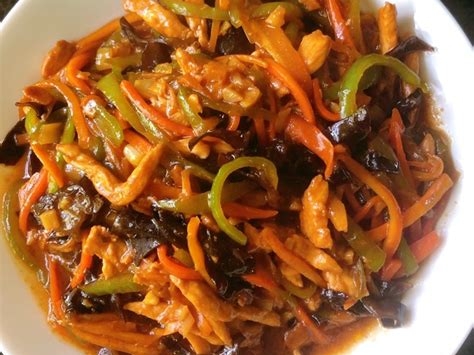
-
-
-
鲜掉眉毛的丸子煮干丝的制作方法
发布于2024-11-05 11:28:16 798个赞 -

-
-
-
徽酸菜鱼的制作方法
发布于2024-11-05 11:27:28 821个赞 -
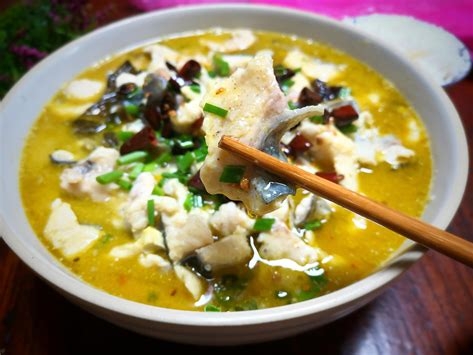
-
-
-
斛参雪梨猪展汤的制作方法
发布于2024-11-05 11:26:11 785个赞 -
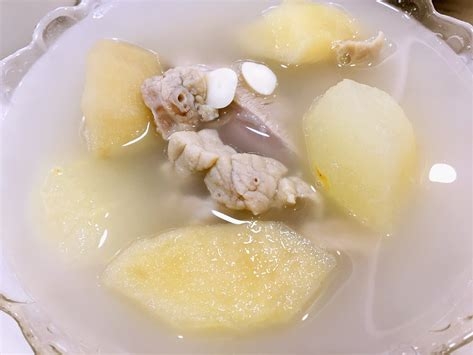
-
-
-
滋补鱼头豆腐汤的制作方法
发布于2024-11-05 11:25:11 793个赞 -
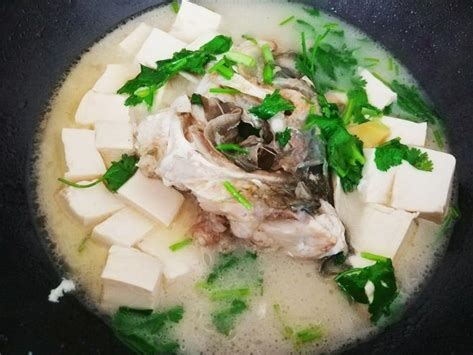
-
-
-
鱼头豆腐汤(九阳轻奢炒锅)的制作方法
发布于2024-11-05 11:23:55 686个赞 -
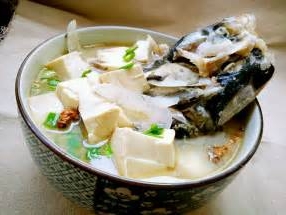
-
-
-
立功东北旧事更新时间
发布于2024-11-04 18:40:35 841个赞 -

-
-
-
《金银》在暗示什么
发布于2024-11-04 18:39:32 882个赞 -

-
